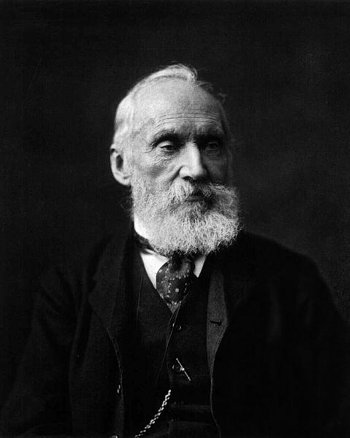
In one of the scenes of the movie Naked Gun 2 1/2, the camera pans across the wall in the "Loser's Bar," passing over pictures displaying major disasters. Among them are: the Hindenburg; the RMS Lusitania sinking; the 1906 San Francisco earthquake; and the Hubble Space Telescope! Indeed, between its launch in 1990 and the first servicing mission in 1993, Hubble was considered one of the greatest scientific blunders in history and was the target of numerous jokes. Its mirror, which was supposed to have been exquisitely polished, was ground to the wrong shape by about two millionths of a meter -- enough to adversely affect the telescope's anticipated sharper eye. That blunder should have undoubtedly been prevented through more rigorous testing. Nevertheless, I doubt there is anyone today who does not consider Hubble to be one of Science's biggest success stories. Its original blurred vision inspired ingenious scientists, engineers, and shuttle astronauts to come up with a spectacular corrective action. The entire drama has only enhanced the popularity of this iconic telescope (Figure 1). The installation of corrective optics was enabled by the fact that Hubble was designed from the start as an ambitious and complex mission, one in which space-walking astronauts could exchange instruments and components.

Figure 1. Astronaut John Grunsfeld during Servicing Mission 4, in 2009.
Blunders are not only inevitable, they are an essential part of any innovative thinking process. If not for them, any creative enterprise might be wandering for much too long down too many blind alleys. I want to emphasize that this is not an advocacy for sloppy or careless procedures, but rather recognition of the fact that when there is potential for high return, outside-the-box ideas require taking calculated risks. In fact, the entire so-called "scientific method" is based on falsification -- on finding out what doesn't work -- rather than on verification. In the words of the great philosopher of science, Karl Popper: "I shall not require of a scientific system that it shall be capable of being singled out, once and for all, in a positive sense; but I shall require that its logical form shall be such that it can be singled out, by means of empirical tests, in a negative sense: it must be possible for an empirical scientific system to be refuted by experience."
Imaginative planning should also allow for the ability to take maximal advantage of serendipity; since some estimate, for instance, that nearly half of the discoveries leading to new medications have accidental origins. An excellent example is provided by the discovery of anti-depressants. One of the first of these, isoniazid, was actually developed as a drug against tuberculosis. Then, in an attempt to improve its effects, chemists synthesized some of its derivatives, only to discover a compound (iproniazid) that unexpectedly proved to be the key to pharmacologically treating mental depression.
Nature itself has learned this lesson -- that serendipity and random errors (mutations) are part and parcel of evolution -- billions of years ago. The fact is that extinction represents more than ninety-nine percent of all the species that ever lived. In this sense, our own existence is the result of multiple "errors."
Tom Watson, who oversaw the growth of IBM for nearly half a century, recognized the importance of "brilliant blunders" -- those mistakes resulting from bold ideas. In 1957, he said, "Let's avoid being overly cautious, conservative, playing it safe. We should have the courage to take risks when they are thoughtful risks... We must forgive mistakes which have been made because someone was trying to act aggressively in the company's interest." Unbeknownst to Watson, he was describing here almost precisely the history of a blunder made by the famous physicist William Thomson (Lord Kelvin) in the nineteenth century (Figure 2). Kelvin was the person who made the first serious attempt to calculate the age of the Earth. Needless to say, the age of the Earth has implications for topics ranging from religious beliefs to geology and from astrophysics to Darwin's theory of evolution. Kelvin's calculation yielded about 100 million years -- almost 50 times shorter than the value given by modern radiometric measurements. But his brilliant blunder literally opened the door to modern geochronology. Suddenly geologists realized that determining the age of the Earth is an essential part of what geology is all about. Furthermore, a detailed analysis of the reasons for Kelvin's blunder (he neglected the fact that heat could be transported more efficiently by fluid motion), could have led to a more rapid acceptance of the notion of continental drift.

Figure 2. Lord Kelvin (William Thomson; from Wikipedia Commons).
To conclude, taking calculated risks and embracing the possibility of blunders can lead to solutions and breakthroughs that may be entirely inaccessible to incremental processes. As playwright Samuel Becket once told an actor who had lamented that he was failing: "Go on failing. Go on. Only next time, try to fail better!"